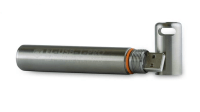Create A Cleaner Environment In Your Home Or Business With An Indoor Air Quality Monitor
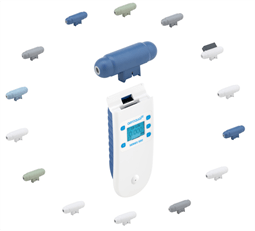
Poor air quality, both outdoor and indoor, can impact our health and well-being. Here are some tips for monitoring and helping to improve your home or business’ overall air quality. We also provide examples of air quality meters you can deploy to ensure the air you breathe is not dangerous.
Why is Air Quality Important?
Air quality has an impact on our health, environment, and our overall living standard. Pollution resulting in poor air quality can be human-made, or it can occur naturally. There are links between high concentrations of major air pollutants and a range of respiratory problems such as coughs, asthma, and bronchitis.
Outdoor Air Quality
Sources of outdoor air pollution can include combustion from motor vehicles, fuel burning, industrial pollution, windblown dust, bushfire smoke, and biogenic emissions from vegetation (pollen and mould spores).
In 1998 the Australian State and Territory Governments created the National Environment and Protection Measure for Ambient Air Quality. The development of these standards required consultation with environmental groups, health professionals and the community, as well as a referencing of:
- Scientific studies from all over the world that focussed on air quality and its links to human health
- Pre-existing standards published by reputable organisations, such as the World Health Organisation
- Australian environmental conditions, including our unique climate and geography; and
- Relevant population demographics that could help estimate the likely exposure of Australians to the major air pollutants, as listed in table 1 (below).
As outlined in table 1 below from the National Air Quality Standards, each air quality standard has two elements: the maximum acceptable concentration and average concentration over a set time.
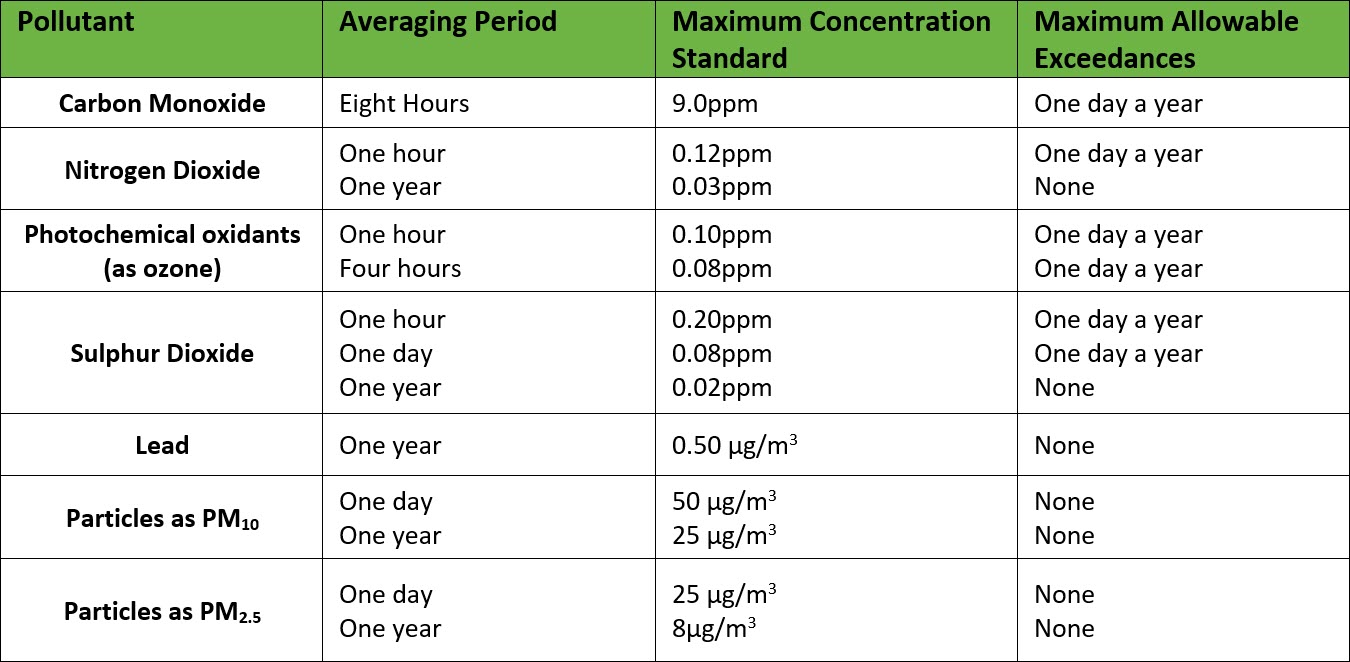
Table 1: The National Air Quality Standards as set out in the National Environment Protection (Ambient Air Quality) Measure.
For up-to-date outdoor air quality information for your state and territory, see the links at the bottom of this article.
While affecting outdoor air quality is difficult, if not impossible for individuals, families, or even businesses, improving indoor air quality is far more achievable.
Indoor Air Quality
Australians spend an average of 90% or more of their time in enclosed environments, such as in homes, schools, recreational buildings, restaurants, public buildings, offices, and motor vehicles. Poor indoor air quality can also pose a risk to your health, so managing air quality in such spaces is important.
Sources of indoor air pollution include inadequately ventilated wood burning heaters or stoves, flueless gas heaters, poorly maintained HVAC systems, excess cooking odours and gases, and mould infestations.
Improving Indoor Air Quality
Apart from workplace situations considered by the National Occupational Health and Safety Commission, there are no specific controls and little research on indoor air quality. In the absence of governmental guidelines, Instrument Choice scientists recommend monitoring air quality with a suitable scientific device and following the procedures set out below:
- Control air pollution at its source by removing or limiting the use of toxic materials, and choosing environmentally-friendly cleaning products
- Ensure adequate air filtration
- Improve ventilation to dilute any known or unknown contaminants; and
- Routinely clean carpets and rugs.
Monitoring Air Quality
Instrument Choice offers the following air quality monitors as examples of devices that have proven track records for effectively monitoring for different applications.
Series 200 Lithium-Air Quality Portable Monitor
Product Code: IC-HH S200L
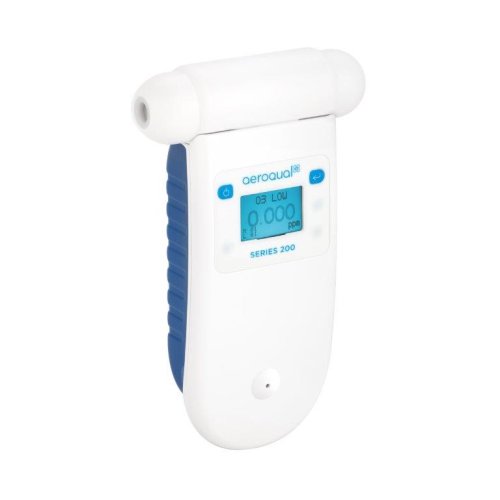
This product is the base unit for a range of sensor heads that can accurately measure multiple air pollutants and target gases at different concentrations for both indoor and outdoor environments.
The IC-HH S200L is suitable for checking pollution hotspots and popular with educators, students and families for monitoring personal exposure to toxic gases.
Application(s): Indoor and Outdoor Air Quality Measurements
Measures:
Range of interchanable sensor heads (sold seperatley) include:
- PM 10, PM2.5
- Formaldehyde 0-10ppm
- Methane 0-10,000ppm
- Chlorine 0-10 ppm
- Carbon Monoxide 0-10ppm, 0-100ppm and, 0-1000ppm
- Carbon Dioxide 0-2000 ppm and 0-5000ppm
- Hydrogen 0-5000 ppm
- Hydrogen Sulfide 0-10ppm and 0-100ppm
- Ammonia 0-100 ppm and 0-1000ppm
- Nitrogen Dioxide 0-1ppm
- Ozone 0-10ppm (GSS), 0-10ppm (GSE), 0-0.5ppm and, 0-0.15ppm
- Perchloroethylene 0-200ppm
- Sulfur Dioxide 0-10ppm and 0-100ppm
- Volatile Organic Compounds (VOC) 0-2000ppm, 0-500ppm, 0-25 ppm (PID Method); and 0-25ppm (GSS Method)
Data Logging Capability: No
Changeable or Extra Sensors: Yes, a full range of sensor heads at different sensitivities available.
Other Features: Shows minimum, maximum, and average readings. Sensors are interchangeable, so using one base station, you can accurately measure a range of parameters by swapping sensor heads.
Indoor Air Quality Meter
Product Code: IC-800046
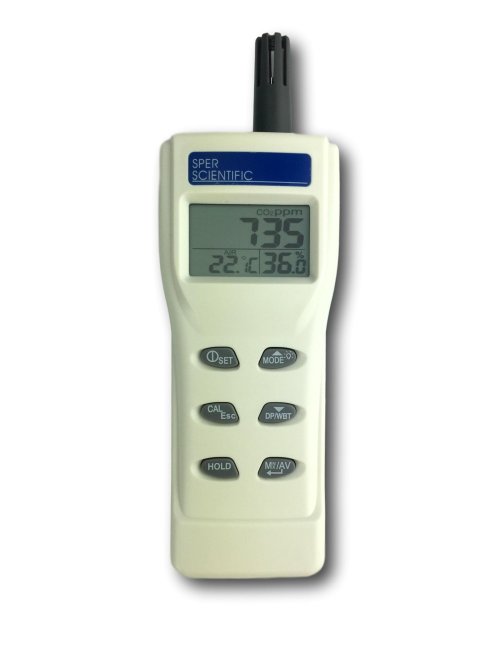
The IC-800046 is the ideal tool for monitoring indoor air quality in public spaces with potentially high levels of carbon dioxide. Examples include monitoring offices, factories, classrooms, hospitals, and hotels. This instrument is also ideal for testing air from HVAC equipment.
Application(s): Indoor Air Quality Measurements
Measures: Carbon Dioxide levels, Humidity, Dew Point, Air Temperature, and Wet Bulb Temperature
Data Logging Capability: Yes – Up to 32000 data points
Changeable or Extra Sensors: No
Other Features: Calculates TWA (Time Weighted Average) and STEL (Short-Term Exposure Limit), audible CO2 alarms and simple user calibration of CO2 and Relative humidity.
Datalogging Indoor Air Quality Meter
Product Code: IC-800050
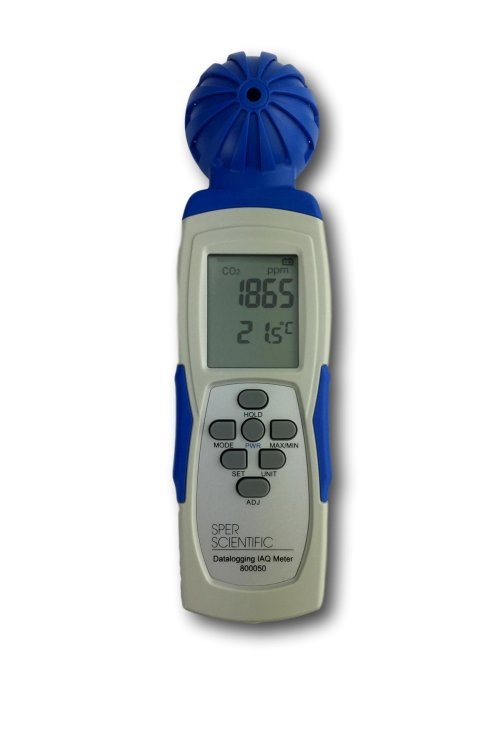
The IC-800050 accurately measures and logs data for a range of indoor air quality parameters. A key feature of this meter is a user-selectable audible maximum alarm to alert you whenever CO2 is over a set maximum value.
Great for indoor air quality measurements in the home and public spaces. Thanks to the data logging capability, the IC-800050 excels when used for monitoring HVAC systems.
Application: Indoor Air Quality Measurements
Measures: Carbon Dioxide levels, Relative Humidity,Dew Point, Wet Bulb, and Temperature
Data Logging Capability: Yes – up to 32,000 data points of temperature, RH, and CO2
Changeable or Extra Sensors: No
Other Features:Automatic Baseline Calibration (ABC) and maintenance free NDIR (non-dispersive infrared) CO2 sensor ensures long-term accuracy, stability and reliability. Easily download the logged data using a USB cable and the included software.
Conclusion
Following the recommendations for improving indoor air quality outline in this article will help you ensure that the air you are breathing is safe.
Are you looking for more assistance to improve the air quality of your indoor spaces? Not sure what kind of air quality meter will best suit your needs? Have some questions about the types available? Contact one of the Instrument Choice Scientists. We’re here to help!
Call 1300 737 871 or email [email protected].
Appendix 1: Air Quality Indexes by State/Territory
Also interesting
The Tempmate S1 is affordable, practical, and easy to use. The instrument has become one of the most popular single-use data loggers on the market. Recently, the logger has undergone a version update, with the addition of many new features designed to make cold chain monitoring even more efficient.
This article details the design changes, along with the advantages of the new Tempmate S1 V3.

A USB temperature logger is a small, portable sensor designed to monitor the temperature of a selected environment. Designed to communicate easily with a computer via USB, temperature loggers come in all shapes and sizes and with varying attributes, and to suit all needs and budgets. Temperature monitoring is becoming an increasingly important issue for both cold chain logistics and quality management systems, which makes these devices an essential tool. Common applications for USB temperature loggers include fridge monitoring, cold chain management, warehouse and environmental monitoring.
